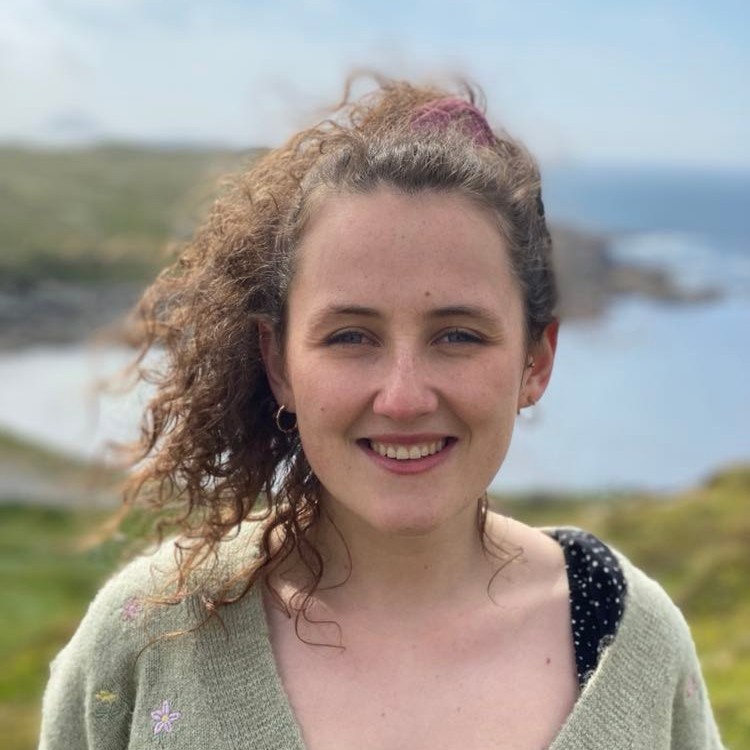
Susie Little
My favourite thing about my role: As an electrical building services engineer, I love that every job I do is different. The priorities for different building types differ very much – for example the electrical needs of a hotel or museum is completely different to a data centre which means every job comes with unique challenges!
Why I got into STEM: My STEM journey started when I attended the Scottish Space School residential program when I was in high school. I realised a career in Engineering would be the right fit for my love of maths and problem solving.
Fun fact: I love running, I ran my first marathon when I was 20 when I was lucky to secure a spot on the London Marathon on my first attempt at entering the ballot!
LinkedIn: Susie Little
